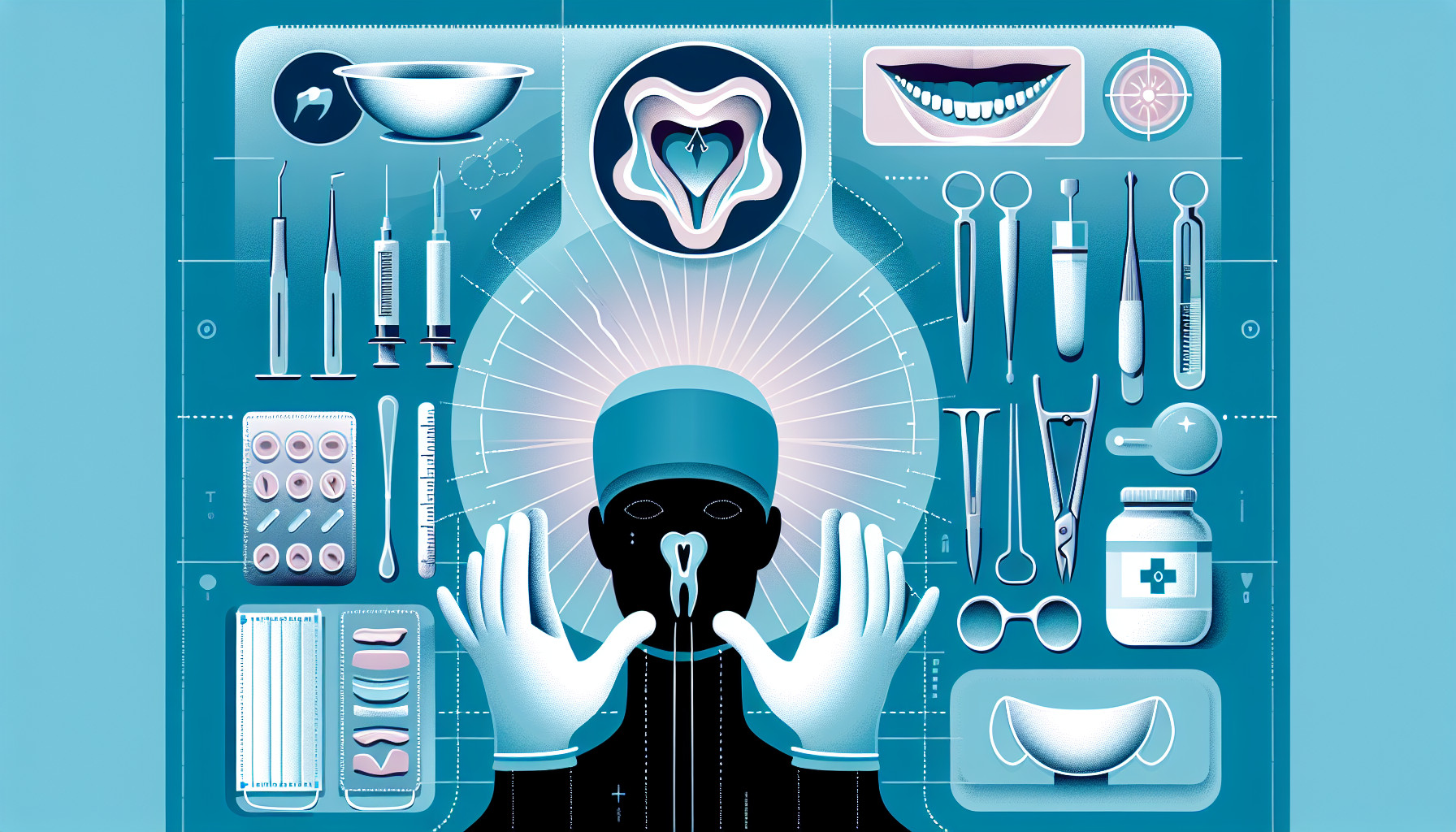Our Summary
Orthognathic surgery is a type of surgery used to correct conditions of the jaw and face related to structure, growth, sleep apnea, TMJ disorders, malocclusion problems owing to skeletal disharmonies, or other orthodontic problems that cannot be easily treated with braces. This research study looked at how this surgery affected the quality of life of 20 patients.
The patients were checked before the surgery, one month after the surgery, and three months after the surgery. The researchers used two questionnaires to measure how the patients’ oral health and quality of life changed over this time.
They found that the patients’ scores on these questionnaires, which measured things like physical pain, psychological wellbeing, social ability, and feelings about their appearance, all improved a lot over the three months. The researchers also found that the patients’ oral health got better.
They also found that the surgery had a similar positive effect on all age groups, and that women tended to report more issues before the surgery than men did.
The results suggest that the surgery doesn’t just improve the physical condition of the patients’ jaws and faces, but also makes them feel better in their day-to-day lives.
FAQs
- What is orthognathic surgery used for?
- How does orthognathic surgery impact a patient’s quality of life post-surgery?
- Are there any differences in preoperative oral health impact scores between male and female patients undergoing orthognathic surgery?
Doctor’s Tip
A helpful tip a doctor might tell a patient about oral surgery is to follow all postoperative care instructions carefully, including taking prescribed medications, keeping the surgical site clean, and attending all follow-up appointments. It is also important to maintain a soft diet during the initial healing period and avoid activities that could disrupt the surgical site. Proper care and adherence to the doctor’s instructions will help promote successful healing and improve overall quality of life after oral surgery.
Suitable For
Patients with moderate to severe dentofacial deformities are typically recommended for orthognathic surgery. This type of surgery can help improve the skeletal and facial relations, as well as enhance the overall quality of life for patients. In the study mentioned above, it was found that orthognathic surgery led to significant improvements in physical pain, psychological disability, social disability, and handicap scores. Additionally, facial esthetic, function, awareness of facial deformity, and social aspects of deformity were also found to significantly improve postoperatively.
Overall, orthognathic surgery can have positive effects on a patient’s quality of life, oral health, and psychological status. It is important for patients with dentofacial deformities to consult with a qualified oral surgeon to determine if orthognathic surgery is the right treatment option for them.
Timeline
Before oral surgery:
- Patient consults with oral surgeon to discuss treatment options
- Preoperative assessments and tests are conducted to evaluate patient’s overall health and suitability for surgery
- Patient receives instructions on how to prepare for surgery, including fasting and medication guidelines
- Surgery date is scheduled and patient is informed about what to expect during and after the procedure
After oral surgery:
- Patient undergoes surgery under anesthesia
- Postoperative pain and swelling are managed with medication
- Patient is monitored closely for any complications or adverse reactions
- Follow-up appointments are scheduled to monitor healing progress
- Patient may need to follow a special diet and oral hygiene regimen during the recovery period
- Patient gradually resumes normal activities as healing progresses
- Patient may experience improvements in facial aesthetics, function, and overall quality of life in the months following surgery.
What to Ask Your Doctor
- What are the potential risks and complications associated with the oral surgery procedure?
- How long is the recovery period expected to be, and what can the patient do to promote healing?
- Will there be any dietary restrictions or special instructions for oral hygiene post-surgery?
- How much pain or discomfort can the patient expect following the surgery, and what pain management options are available?
- Will there be any visible scarring or changes to the appearance of the face after the surgery?
- How soon after the surgery can the patient resume normal activities, such as work or exercise?
- Are there any long-term effects or considerations to be aware of after undergoing oral surgery?
- What follow-up appointments or monitoring will be necessary after the surgery?
- Are there any alternative treatment options to consider before proceeding with oral surgery?
- How experienced is the surgeon in performing this specific type of oral surgery, and what is their success rate with similar cases?
Reference
Authors: Tüz HH, Ergezen E, Meral SE, Ekmekcioglu A, El H. Journal: J Craniofac Surg. 2022 Mar-Apr 01;33(2):548-551. doi: 10.1097/SCS.0000000000007691. PMID: 33867509
